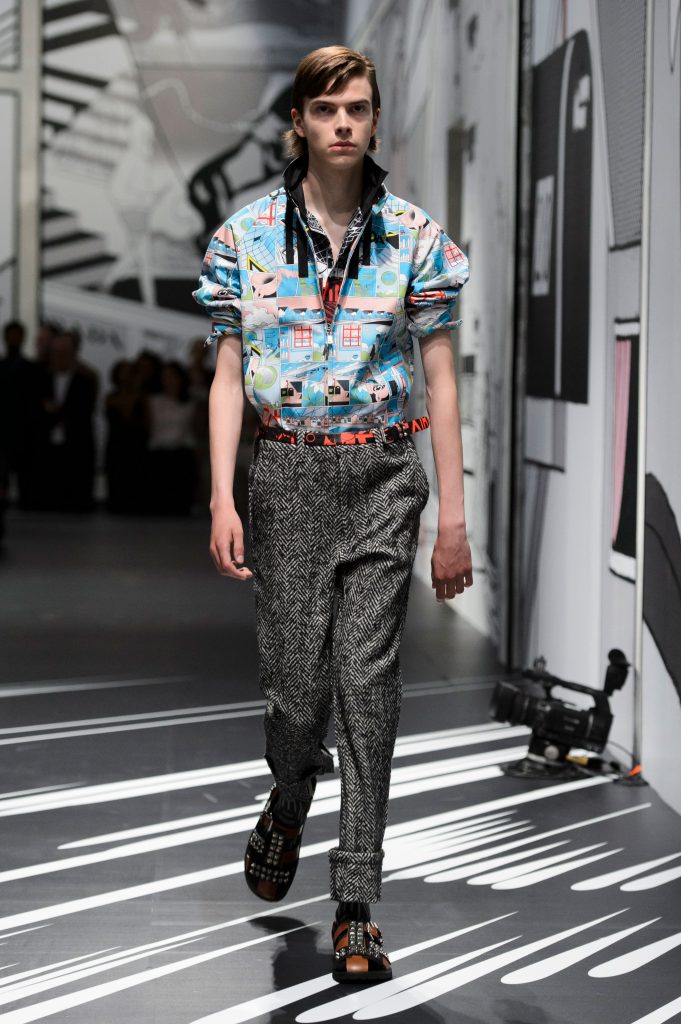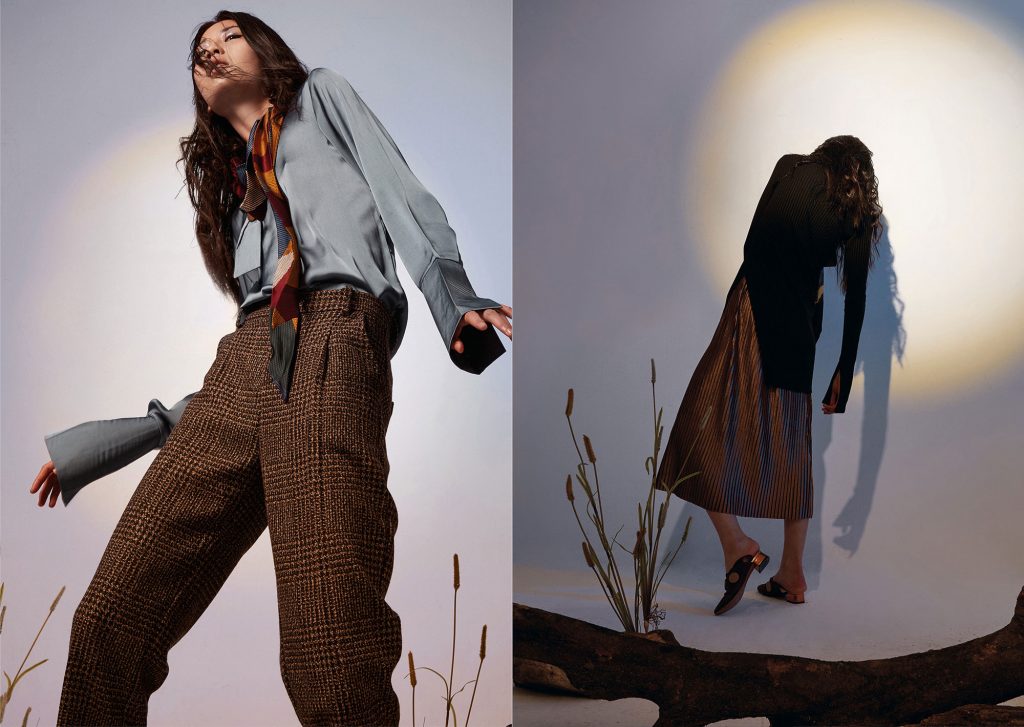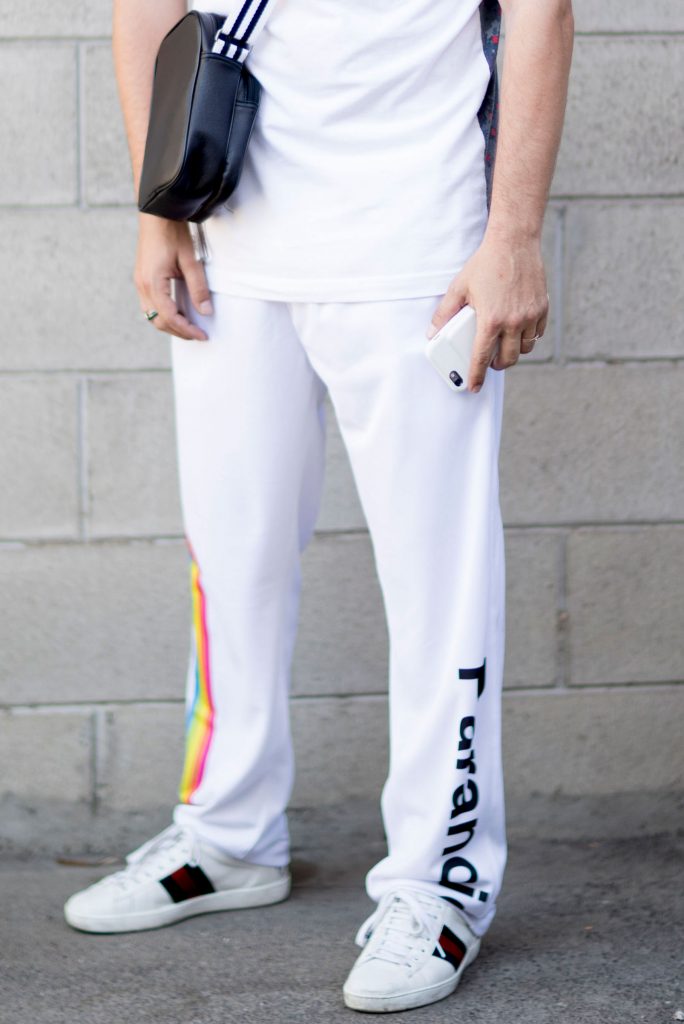
Big data analytics is nothing new. It’s changing our world at a rapid speed – influencing our way of living, both socially and commercially. You can’t deny that brands now have access to more data about their audiences than ever before. In fact, every two days we create as much data as we did from the beginning of time until 2003 (Marr, 2017).
Attitudes are polarised when it comes to the collection and commercial use of this data. Some see it as a brilliant tool that allows brands to accurately tailor their offering around their consumers. Alternatively, some think that its use indicates a shift towards a terrifying big brother-esque future – comparable to George Orwell’s 1984 novel, where everyone’s movements are tracked (or even predicted).
Within the commercial world however, there should be little time held for scepticism. Looking at the fashion industry specifically, data is already being used right across the value chain and the fashion houses (and designers) who aren’t using it, are already starting to fall behind. Gone are the days of archaic, old-fashion processes. These are being replaced by tech-savvy disruptive technologies which help to streamline operations and achieve maximum success.
Companies are now relying on data as a strategic asset – offering consistent commercial prosperity for their product, whilst also ensuring that their customers stay satisfied. When it comes to certain uses of data however, the fashion industry is still playing catch up.

So, what do fashion brands currently use Data for? Data already plays a major role across the whole retail process – from forecasting demand to optimising pricing strategy, helping firms to calculate prices to stave off competition. Data is also used to identify how to monetise prospects and subsequently pinpoint which products to next sell them. There’s no doubt that when executed correctly, analytics and relative insights have a huge influence in gaining the competitive edge. Whilst this is all great news for business, the use of data is still yet to disrupt the actual product in a profound way.
“The biggest challenge of making the evolution from a knowing culture to a learning culture—from a culture that largely depends on heuristics in decision making to a culture that is much more objective and data driven and embraces the power of data and technology.”
Murli Buluswar, chief science officer, AIG:
Many fashion brands use this data primarily within a retail, logistical and strategic capacity when really, they should start considering focusing these insights towards the initial design process. Knowing what product consumers will actually want to own prior to design, diminishes the hurdles associated with selling it later. Using data in this way is known as trend forecasting, which results in data driven design. knowing exactly what product will sell well in the future and creating new product accordingly. Leading fashion houses are starting to recognise the importance of analysing data properly. Using it when designing product leads the brand’s pioneering success, both today and tomorrow. Whilst designers may be able to create beautiful product, art is fundamentally subjective and the product may not necessarily resonate with the brands target audience. This is where trend forecasting technology and data driven design really comes into its own.

15 years ago, the trend-forecasting process was much simpler. Trends would get identified by fashion forecasters at fashion shows and catwalks. Imagery of this new product would then filter its way to consumers through magazines. This product would then finally be available at retailers 12-18 months later.
This all changed with the widespread adoption of the internet.
The widespread uptake on technology revolutionised the way trends were created. No longer was the responsibility held solely with the powerful fashion houses – instead YouTubers, insta-models and Twitter users alike all started playing a part in showcasing new fashion inspirations, influencing the masses in real time via user generated content. All you’d need to have a grasp on current trends, was a mobile phone. We have now reached the time for the next stage in augmenting our consumer understanding and – through analysing data – now have the ability to predict future trends.
The data-driven approach has already started sending shockwaves across the fashion industry. The more that fashion houses, brands and designers know about their audience, the more they can tailor their future products to their consumer wants, needs and desires. Analytics can be used to examine the consumer reception of your previous products, find patterns and traits from previous sales and identify key demographics to target – with big data, if you need to know something, there will be always be a source to collate the information from.
Although a couple of the larger fashion houses have their own in-house research teams, most insights are provided by external trend forecasting agencies. WGSN is currently the global leader in insights and they establish future trends by cross referencing billions of data points – exploring exactly how all these variables relate to one another. It’s not all quantitative data though. Trend forecasters scour the net and social media platforms looking at human interactions and viewpoints from a qualitative human level too. This information is gathered from a host of sources including social media, retailer sites, designer runway reports and blogs – all in real time.

All this information gives a pretty accurate insight and objectively understands both the fashion trends of today and also predicting those of the future (at up to an astonishing two years in advance).
Whilst of course it is still possible to create product using experience alone, for a brand to truly hone in on success it’s important to stay forward thinking. What’s trending now will unlikely still be relevant in a year or two, especially given the phenomenal speed in which trends cycle (mainly thanks to accessible technology). With competitors across multiple industries starting to invest efforts and money into big data, now’s the time to get on board before you’re left high and dry. Data driven design offers a unique win-win opportunity for both the brand and consumer. Consumers will get access to the product they actually want, which will lead to increased sales – ultimately leading to more profits from the brand. In a consumer orientated world, it pays to listen and big data offers the ultimate way in which to do so.
For all the latest PowerStation content, follow us via our social channels below :
Social: LinkedIn | Twitter | Instagram | Facebook
References
Marr, B (2017). Data Strategy. London: Kogan Page Limited. p1.
